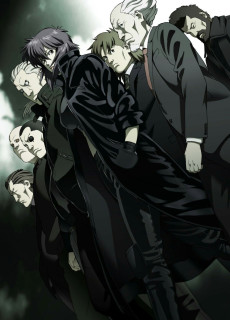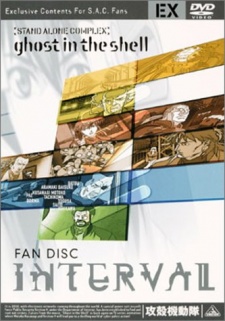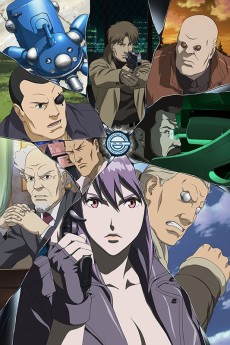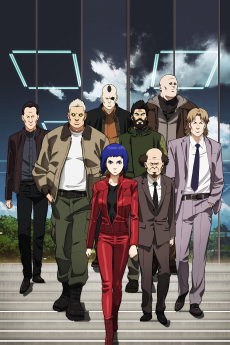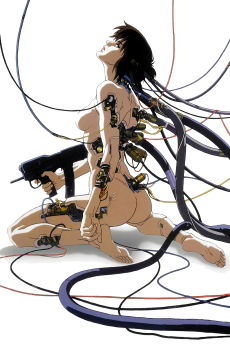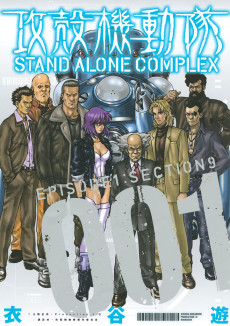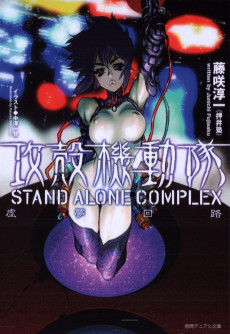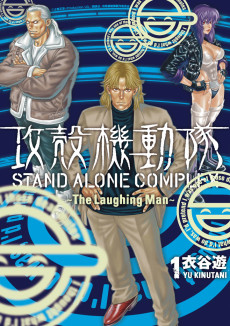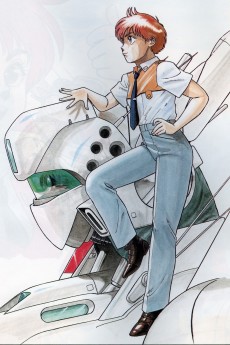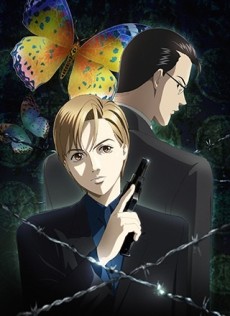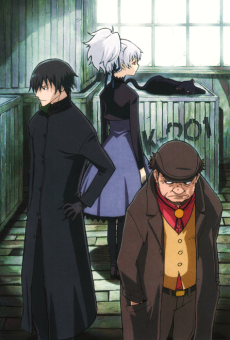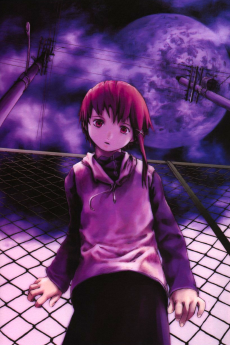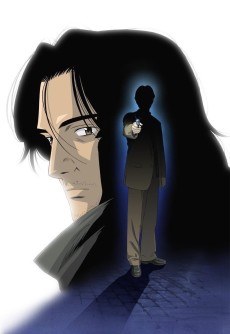KOUKAKU KIDOUTAI: STAND ALONE COMPLEX
STATUS
COMPLETE
EPISODES
26
RELEASE
March 25, 2003
LENGTH
25 min
DESCRIPTION
In the not so distant future, mankind has advanced to a state where complete body transplants from flesh to machine is possible. This allows for great increases in both physical and cybernetic prowess and blurring the lines between the two worlds. However, criminals can also make full use of such technology, leading to new and sometimes, very dangerous crimes. In response to such innovative new methods, the Japanese Government has established Section 9, an independently operating police unit which deals with such highly sensitive crimes.
Led by Daisuke Aramaki and Motoko Kusanagi, Section 9 deals with such crimes over the entire social spectrum, usually with success. However, when faced with a new A level hacker nicknamed “The Laughing Man”, the team is thrown into a dangerous cat and mouse game, following the hacker’s trail as it leaves its mark on Japan.
(Source: MyAnimeList)
CAST
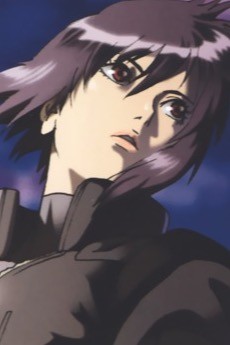
Motoko Kusanagi

Atsuko Tanaka

Batou
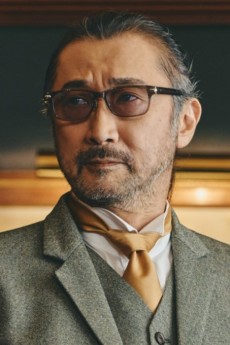
Akio Ootsuka

Togusa
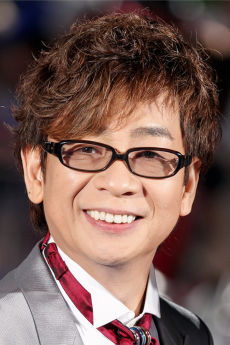
Kouichi Yamadera
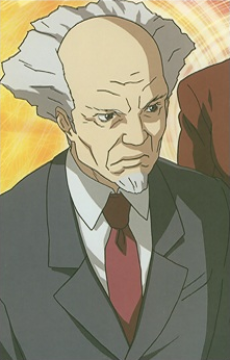
Daisuke Aramaki
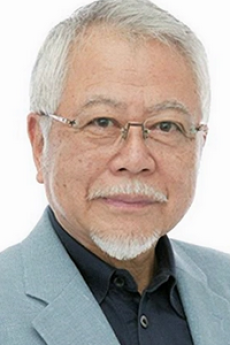
Osamu Saka

Tachikoma

Sakiko Tamagawa
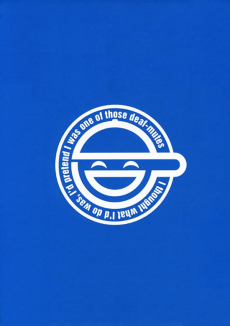
The Laughing Man
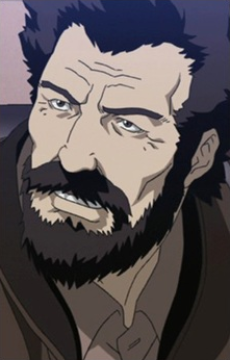
Ishikawa
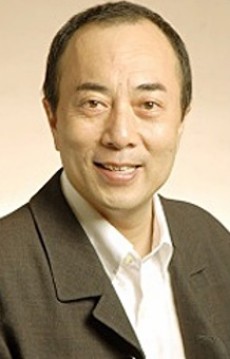
Yutaka Nakano

Aoi

Kouichi Yamadera

Saito

Tooru Ookawa

Pazu
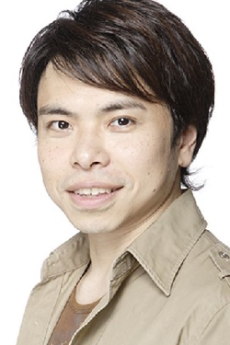
Takashi Onozuka
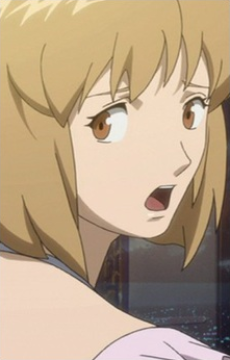
Kurta Nasami

Yuuko Sumitomo
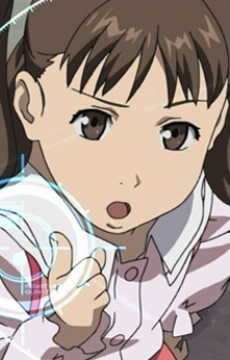
Miki
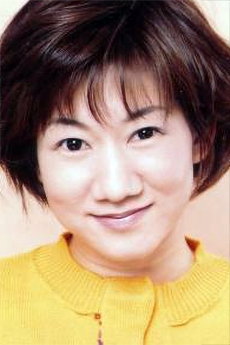
Aki Uechi

Borma
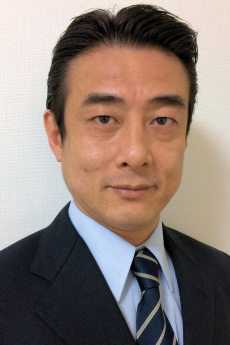
Tarou Yamaguchi
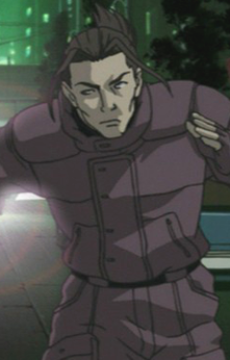
Terrorist

Eiji Sekiguchi
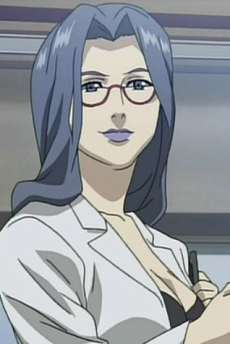
Sano

Ai Orikasa

Moe

Miyu Tsuzurahara
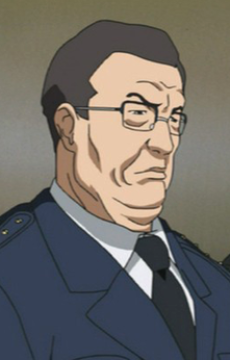
Daido

Ryo Kamon
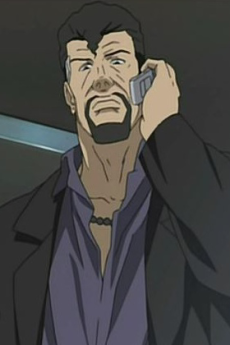
Gayle Yasuoka

Mitsutaka Tachikawa
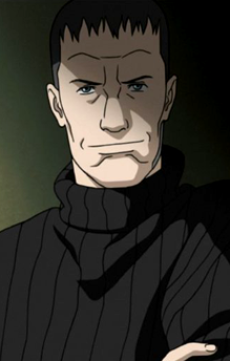
Pavlo Zaitsev
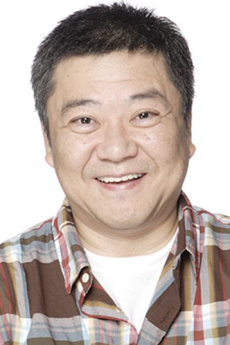
Naomi Kusumi
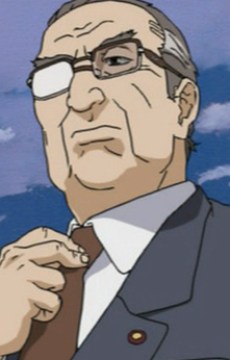
Foreign Minister

Ryuuichi Horibe
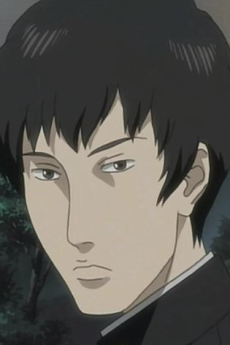
Yuu Tsujisaki
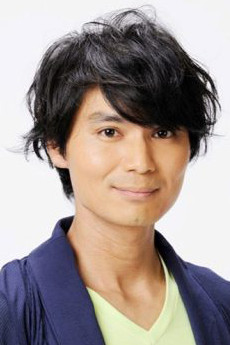
Makoto Ishii

Oba Toshio
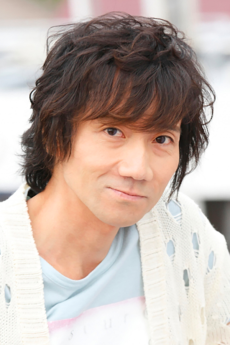
Shinichirou Miki
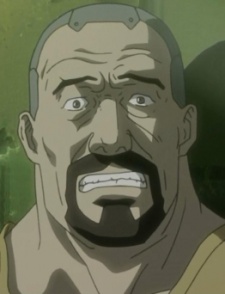
Marco Amoretti
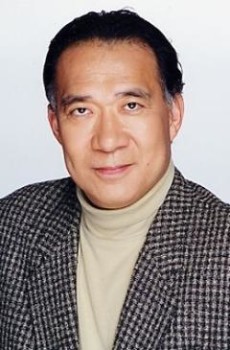
Daisuke Gouri
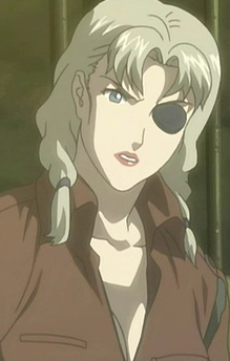
Bosuerinofu Cruzkowa

Mitsuki Yayoi
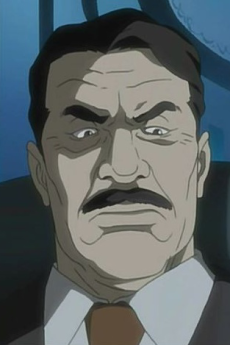
Niimi

Toshihiko Miki
EPISODES
Dubbed
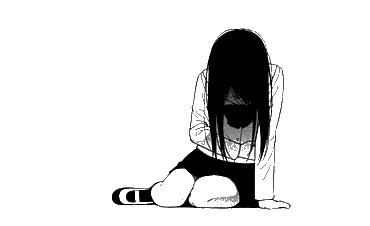
Not available on crunchyroll
RELATED TO KOUKAKU KIDOUTAI: STAND ALONE COMPLEX
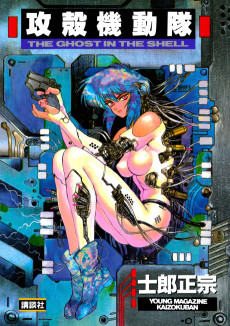 MANGA ActionKoukaku Kidoutai
MANGA ActionKoukaku KidoutaiREVIEWS

TsundereKitten
90/100Fun as hell cyber-punk with interesting psychological, philosophical and sociological themes.Continue on AniListSTORY 10/10
In the not-so-distant future (2030), a complete body transplant from flesh to machine is possible. Main protagonists are agents of “Public Security Section 9” (an elite secret police squad of 7 people) whose level of prosthetic enhancements ranges from minor modifications to full cyborg.
Section 9 specializes in cyber-crimes (that became a major threat to public security with the recent technological developments). They deal with rogue AI’s, hackers possessing another’s body, remote controlled robots, information theft, data manipulation and even organ trafficking. Offenders they’re after are not your usual bad-guys, as most of them are either socially desperate, pursue a noble political agenda or simply confused in the fast-changing world they live in. The protagonists are more often than not facing a thin line between law and ethics.
So, if you take GitS:SAC at face value, it may appear to be your usual crime-action series (with sci-fi elements) with plenty of gunfights, combat tactics and dynamic twists in investigations.The incredibly vivid world of Ghost in the Shell serves as a perfect stage for many interesting philosophical, psychological and sociological themes.
• Where is the line between man and machine?
• What is the definition of selfhood and can AI’s achieve a state of self-awareness in which they can be treated as sentient beings and, more importantly, should we treat them as such?
• How does the easily-accessible global data transfer influence human behavior?
• Existence of a “Ghost” (soul/consciousness) and the possibility of its digital transfer between bodies (cyberbrains)?
• Body and mind in the context of one’s identity: which is more essential? Is it my body (my corporeal worldly representation) what defines me? Will I remain myself if my body is replaced but my memories are preserved? If my physical representation completely changes (its every part replaced) but my “Ghost” survives, is my identity still intact? How much of one’s form can you alter without affecting one’s essence? (The series is brimming with philosophical references. An example is an Ancient Greek paradox called "The Ship of Theseus". Plutarch questions would the ship remain the same if it was replaced in its entirety piece by piece)
Those are some of dominant questions this series tries to unravel never giving one definite answer, because, well, there is no one unambiguous explanation.NARRATIVE 9/10
Stand Alone Complex is also used as wordplay for the two types of episodes in this series:
Stand Alone episodes – Although a part of a coherent timeline, plots of these episodes are independent from one another. The protagonists are usually faced with a crime, a mystery or a mission which isn’t directly related to the overarching narrative but through them the viewers are better acquainted with the GitS universe and characters. Almost every stand alone episode has a twist ending and usually leaves a lingering question for you to think about when it’s finished. The episodes are of varying quality; while some are brilliant, others are fine.
Complex episodes - The plot of these episodes focuses on the "Laughing Man", a mysterious hacker whose actions have shaken the corporate world of futuristic Japan. The narrative is interspersed by stand alone episodes providing you with a realistic experience of a long-term investigation. Its incredibly contrived plot is inspired by works of J. D. Salinger (in particular "The Laughing Man" short story, and "The Catcher in the Rye"), which are introduced naturally and with subtlety, so that you never get the feeling of forced pretentious quoting.
The narrative is consistent and free of plot-holes and fillers. Dialogues are masterfully written and even the complex philosophical themes are seamlessly introduced into characters’ dialogues. No themes are over-discussed and the characters rarely repeat themselves (which is why you have to watch it thoughtfully).CHARACTERS 9/10
The manner in which the characters are established is sort of unique compared to most anime. Instead of forcefully telling you who the characters are, the series will introduce fragments of their personalities through subtle gestures and hints of their backgrounds. Even then, the characters remain partly mysterious, because, like real people, they are not always honest and they don’t walk around while endlessly talking about themselves until the audience figures who they are. Furthermore, if you want to fully grasp the characters you have to pay attention on their gestures (which are never exaggerated), the overall atmosphere and all the little details. Nevertheless, they are deep, thoughtfully designed and self-consistent.
Even minor characters seem thoroughly developed and that is extreme anomaly in this media.
One of the best things about the characters is that, even though they are skilled and use implants to exceed their human possibilities, none of them is unnaturally powerful. They still face human barriers, they make mistakes, they are intelligent but not indisputable and that makes them lifelike. Their relationships are believable, logical, complex and never overstated.
If there is anything you could criticize, it would be Motoko’s attire. Why would someone in their right mind casually walk around wearing nothing but underpants, boots and a leather jacket? Although it is explained during the series, it seems silly and inappropriate considering her job description. Clearly there are better ways to express your individuality. Then again, you can’t argue that she is quite an eye-candy wearing that.ART & ANIMATION 8/10
Art style is absolutely gorgeous. Each character has a completely unique design with varying body anatomies and facial characteristics. Their mimics are realistic, subtle and distinctive. While uncommon in the cyberpunk genre, the perpetual intentional use of bright colors in the series (many events occur in broad daylight) is in contrast with dystopian themes and it creates a unique appeal. This also helps visually emphasize emotionally intense scenes whose gloomy atmosphere then have a stronger impact on the viewer.
This series doesn’t really shine in the field of animation, especially when compared with its predecessor, the original Ghost in the Shell movie. There is an abundance of static scenes with nothing more than just dialogue and sometimes even there the animation is reduced to its bare minimum (when they communicate via their cyberbrains, they do not move their lips), BUT I think they did majestic work with what they had. It is a perfect balance of CGI and hand-drawings, and action scenes are done very well (they managed to save up the budget in static scenes).MUSIC 9/10
One more virtue of this series is music. It was composed by Yoko Kano and it's linked with themes wonderfully. It contributes to the atmosphere of the world and even independently it is very enjoyable. Opening theme “Inner Universe” was performed by Origa, and it is written in Russian, English and Latin, while ending theme is “Lithium Flower” performed by Scott Matthew and I liked them both so much that I never once skipped them.OVERALL 9/10
I count GitS: SAC among my most favorite anime of all time, and I believe everyone who likes cyberpunk should watch it. It looks great, sounds great and it has great story and voice acting (in sub version, I never watched dub). What more do you need?
Shogise
95/100[Spoiler-free] An intelligent cyberpunk story with an excellent balance of action and philosophy.Continue on AniListTL;DRs INCLUDED WHERE NEEDED.
OVERVIEW Ghost in the Shell: Stand Alone Complex (which I'll just refer to as SAC) is an exemplary cyberpunk tale which reminds us of why we fell in love with the genre in the first place. With its beautiful aesthetics well ahead of its time coupled with the deep messages it offers that always resonate within us, not only has it stood its place as the high point for the GitS franchise, but also for the entire genre. Before I dive into what makes this show so special, I'll provide an FAQ.
FAQ Do I need to watch the original movie to understand the plot?
No. Many say that you must watch the original 1995 movie to appreciate the series, but I'd argue the opposite. SAC is a great entry point for newcomers and is an entirely self-contained story. The original's pacing is quite slow and it emphasizes more on the philosophical aspects. While it is by no means bad (in fact, I rate it a solid 10/10), it tends to bore off some viewers. SAC serves to satisfy all your action and philosophical cravings, therefore it is more suited for a wider audience. If you thoroughly enjoy SAC, then I recommend you watch the original 1995 movie. Also, we don't talk about the live-action remake.
TL;DR: No.
I've not seen many philosophy-heavy anime. Can I watch this?
Yes. Although this show does not hold your hand, it's very comprehensible given that you pay more attention to the plot than your average anime.
Sub or dub?
Both are great. Although I prefer watching dub for serious shows so I'm biased towards it.
Will my IQ increase after watching this?
Ehhhhhh... sure?
REVIEW Quite a few people have already reviewed it so I'll keep it as brief as possible while providing information geared more towards newcomers to the franchise and those who haven't had much exposure to science-fiction as a genre, especially cyberpunk.
WHAT IS CYPERPUNK?
It's hard to describe. Some, including me, call it a genre but others call it a culture. This causes a lot of confusion so I'll give you a concrete answer. It is a style and a medium of themes. Cyberpunk stories are usually set in the near-future in large oppressive cities reminiscent of Hong Kong streets. But just because a story is set in a futuristic city doesn't necessarily make it cyberpunk. This is where it acts as a medium of themes. Cyberpunk delivers messages relating to the interactions and relationships between humans, technology, and society.
TL;DR: Stories which involve how humans adapt and react to technology and society.
OPENING SONG
The opening song is entirely in CGI so love it or hate it, but most agree that the song is absolutely beautiful. Read the comments if you don't believe me. Seriously, go watch it.
VISUALS
It's really hard to believe this show was made in 2002. It happens to look better than most anime today. It captures the cyberpunk aesthetic nicely with its huge sprawling city along with oppressive yet beautiful and vivid lights and skyscrapers. Check out the opening scene for the first episode.
While on the topic of visuals, let's talk about CGI. It's used quite often in this anime but trust me, it's done really well. Unfortunately, CGI has a bad reputation for sticking out like a tornado in a cornfield and just looking ugly in general. That is not the case here. I'll leave it up to you to decide what you think of the CGI, but I guarantee you it will not hinder your enjoyment.TL;DR: Beautiful cyberpunk aesthetic with a frequent use of well-crafted CGI.
MUSIC
The GitS franchise is known for its unique music, which mixes traditional sounds with modern electronic beats. Take the music of the clip provided in the previous section for example. The philosophy of the shrinking dichotomy between humans and machines is reflected in the soundtrack, with the traditional instruments and vocals representing human nature and the electronic beats representing, well, machines.
The soundtrack never failed to amaze and immerse me in the plot. It's always refreshing to hear music that's not a generic orchestral score.TL;DR: Music from the clip above. It succeeds in reflecting the central theme of the anime of the blurring lines between man and machine.
PLOT
Word of advice, don't google the plot-points you don't understand or check the wiki as there are a lot of spoilers. The episodes of SAC are divided into Stand Alone (SA) and Complex (C). SA episodes are self-contained stories whereas C episodes contribute to the main arc following the mysterious Laughing Man. Without spoilers, it's really difficult to highlight the ingenuity of both, the SA stories and the main arc. Antagonists are unique and seldom bland. They have well-defined and developed motives.
My only real complaint with the plot is how repetitive the process watching Section 9 solve crimes becomes. It usually just boils down to hacking to find the criminals' coordinates, confronting them, fighting them, and taking them into custody. Although SAC tries to make the process interesting by making the crimes affect one of the members at a personal level due to their circumstances/past each time, it's always superficial and doesn't really change the characters in the long run, or beyond the episode for that matter.
Where SAC really shines is in its C episodes, which center around the Laughing Man incident. It's an engaging mystery and the show invites the viewers to try and solve the case themselves too, as they know as little about it as Section 9 up until a certain point. But even then, the case isn't completely solved, allowing for further investigation. Of course, it is completely possible to just watch the show without trying to solve the case.
All in all, the main arc is one of the best stories I have experienced, not just in anime, but in storytelling as a whole.TL;DR: Main story arc is amazing. Stand alone episodes are great but get repetitive near the end.
CHARACTER DEVELOPMENT
This is where the anime lacks, but that's okay. The superior second season, 2nd Gig, accomplishes that. SAC serves to convey its philosophical ideas and establish the setting, all while providing an entertaining story-line.
MY RATING SYSTEM The ratings I give on my profile page are different from the scores I give in my public reviews. My ratings in the former are purely based on MY enjoyment whereas the scores in my public reviews are more critical in nature and a result of considering various factors.
CONCLUSION 95/100
The only thing stopping this anime from receiving a perfect 100 is its weak character development. Looking past that, this anime provides an entertaining main story arc with fun little stand alone episodes that give life to the cyberpunk world of GitS.Note: This is my first review. Feel free to object and offer advice on improving.

RandalltheVandal
75/100An exceptional series that falls just short of greatnessContinue on AniListWith the new SAC spinoff series coming out, I thought it was the perfect opportunity to revisit this old classic. The original 1995 movie is one of my favorite movies of all time, and back when I first dove into the GitS franchise, I considered this to be right up there with it in terms of quality. Rewatching it proved that this is still the second best adaption of the iconic manga, but it has more flaws than I realized.
What really makes this series special is its story and characters. the central story of The Laughing Man is fully engaging, with twist, turns, action, and political intrigue. It's all around pretty well written. Then you have the "Stand Alone" episodes which often serve as a way to flesh out the world and the characters. And the way it does so is fantastic. For all of its exposition and techno-bable, what I always loved about the Ghost in the Shell universe is that nothing is ever completely explained to you. There's no "fish-out-of-water" character so the writers have an excuse to explain how everything works to the audience. The world of the series slowly reveals itself through the actions and conversations of the characters. Much of the same can be said about the characters of the show. The show never beats you over the head or spoon-feeds you with melodramatic character building.Instead, the show will leave you pieces that eventually fit a greater picture.
For example, in episode 2 Motoko has a line about how as a child, she had so little control over her robotic body that she broke one of her favorite dolls by accident. It's a small line that isn't important to the plot of the episode, but it reveals a struggle within the character. A struggle between the cybernetic being she is now, the human she once was, and the turmoil she had to endure in order to make that transition.Then, in episode 8, Motoko stares at a small watch on her hand before slowly bending and moving her fingers. There's no external dialogue or internal monologue in this short scene, but through the visuals it's communicated that the watch is an object significant to her past, and it reminds her of the little girl she once was; the little girl who broke her doll because she couldn't control her robotic hands. Its suggested that the watch is what keeps her sure of who she was, and possibly, who she might still be. It's fantastic visual character building.
The show also deftly weaves subtle themes about consciousness, death, and technology into its stories. While Oshii's film was primarily concerned with these ideas, and brought them to the forefront, SAC lets these questions sit in the background to add an extra dimension to the story that isn't explicitly addressed, but that sticks in the back of your mind like a thorn.
However, for everything the show has going for it, it's far from topping the iconic original movie. There are a number of episodes here that are utterly forgettable, and a one that is downright terrible. There's an episode where Motoko infiltrates the internet to gather information, and the way it portrays the internet is bizarre and completely inaccurate, even for the time. The internet conversation is portrayed as some sort of talk show with contestants and audience members, rather than everyone being a participant in a large exchange of information. This could be forgiven, however, the episode is nothing but a huge exposition dump. There's hardly any genuine dialogue here as characters recount things we already know about the story. Worst of all, the episode, which is supposed to be about gathering new information, reveals nothing new at all. It's a complete waste of the audience's time. While the other weak episodes in the series aren't as terrible offenders, they often don't offer much beyond passive entertainment.
This show is also held back by the regular flaws you come to expect with the GitS property. Episodes are so exposition heavy with technical jargon, that, unless you're paying attention to every line of dialogue, it can be hard to follow the story. It doesn't help that sometimes the plots to get a little to convoluted for their own good.
Lastly, this first season suffers from a poor conclusion. No spoilers here, but upon rewatch I was thoroughly disappointed in how they resolved all of the conflict at the end of The Laughing Man story. "It was all part of the plan" is one of my least favorite anime tropes because it's often used as a lazy device to explain away any lasting consequences certain storytelling decisions might have had. Unfortunately, that's exactly what happens here. Instead of sticking to their guns and making a truly effective ending, the writers take the easy way out in order to set everything back to a status quo.
Overall, I still hold this series in high regard, even if my views of have changed a bit. For all it's flaws, it still captures the world and characters of Ghost in the Shell better than any other adaption, and is able to weave those elements together with the philosophical questions this series is known for.
SIMILAR ANIMES YOU MAY LIKE
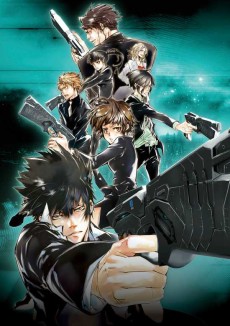 ANIME ActionPSYCHO-PASS
ANIME ActionPSYCHO-PASS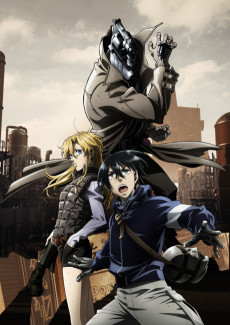 ANIME ActionNo Guns Life
ANIME ActionNo Guns Life ANIME ActionPSYCHO-PASS 2
ANIME ActionPSYCHO-PASS 2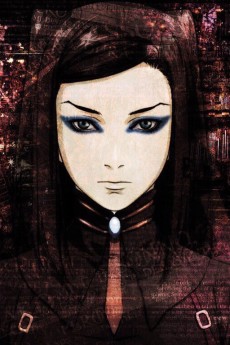 ANIME AdventureErgo Proxy
ANIME AdventureErgo Proxy ANIME ActionCowboy Bebop
ANIME ActionCowboy Bebop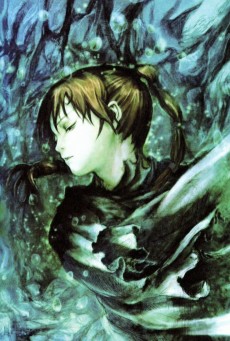 ANIME ActionTEXHNOLYZE
ANIME ActionTEXHNOLYZE
SCORE
- (4.1/5)
TRAILER
MORE INFO
Ended inMarch 25, 2003
Main Studio Production I.G
Trending Level 1
Favorited by 2,118 Users


